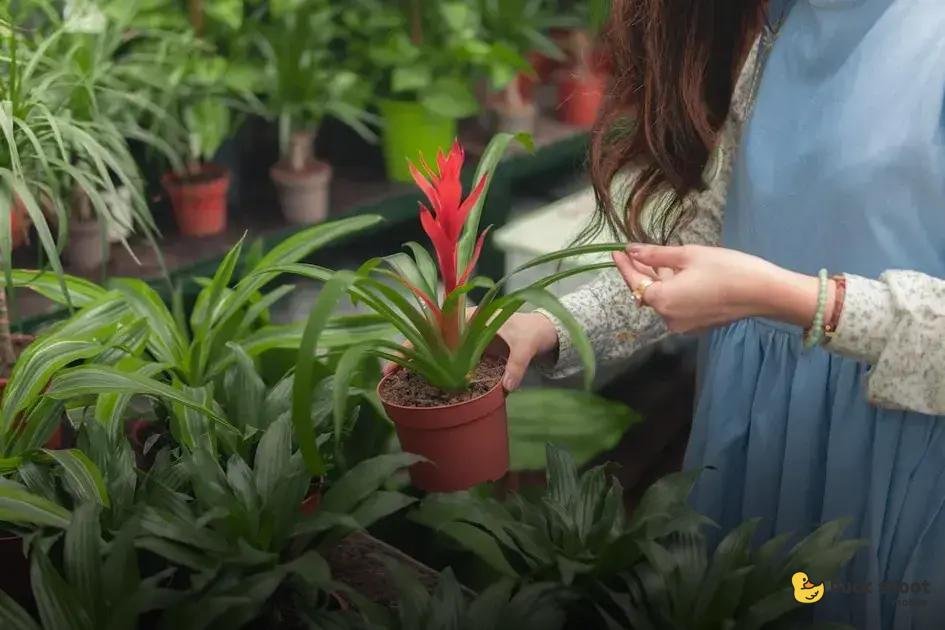Gardening enthusiasts often face the dilemma of choosing between perennials and annuals. Knowing the differences helps create a thriving garden. Perennials return year after year, while annuals offer vibrant bursts of color for one season. Discover what suits your gardening needs best with our insights below.
Understanding Perennials and Annuals
Perennial plants are those that live for more than two years, returning each spring. They usually have a dormant phase during colder months but bloom again when conditions are right. Examples include peonies, hostas, and daylilies. They can provide a garden with long-lasting structure and color.
Annuals complete their life cycle in just one season, meaning they go from seed to flower to seed again all in one year. This swift growth makes them perfect for filling gaps and adding bursts of color. Examples of annuals are marigolds, petunias, and zinnias.
Key Differences
- Lifespan: Perennials live for several years, while annuals last for one growing season.
- Maintenance: Perennials may require less frequent replanting, but annuals offer more variety annually.
- Cost: Initially, perennials can be more expensive due to their longer lifespan, whereas annuals are generally less expensive but need to be repurchased each year.
- Uses: Choose perennials for lasting garden architecture and annuals for vibrant seasonal changes.
Understanding these fundamental differences can significantly aid in planning a thriving and visually appealing garden space.
Pros and Cons of Perennials

Pros:
- Longevity: Perennials return year after year, reducing the need for replanting and offering a long-term solution for garden design.
- Establishment: Once established, perennials require less attention than annuals, making them a convenient choice for low-maintenance gardens.
- Variety: Offering an extensive range of colors, sizes, and types, perennials provide endless possibilities for creative landscaping.
- Climate Adaptation: Perennials often adapt better to local climates, leading to healthier growth and resilience against pests and diseases.
- Cost-Effective: Although initially more expensive, their longevity makes perennials cost-effective over time.
Cons
- Initial Cost: The initial investment for perennials can be higher compared to annuals, due to the need for healthier, mature plants.
- Establishment Time: Perennials may take a few seasons to become fully established, requiring patience before achieving their full potential.
- Limited Bloom Time: Many perennials bloom for a shorter period, limiting long-lasting color in the garden.
- Dividing Required: As they grow, perennials often need dividing to prevent overcrowding and maintain vitality.
- Invasive Nature: Some perennials can become invasive and spread beyond intended areas, requiring careful management.
Advantages and Drawbacks of Annuals
Annuals bring vibrant colors and variety to gardens, blooming all summer long. They are a favorite among gardeners who love changing their garden design every year. Flexibility in selection is a major advantage since each season presents the opportunity to plant new species and try out different colors.
Because annuals complete their life cycle in one growing season, they provide fast results. Plant them in spring and enjoy their full bloom by summer. Annuals like marigolds, petunias, and zinnias quickly transform spaces.
On the downside, because they must be replanted annually, annuals can become costly. This annual commitment demands time, effort, and resources. After the growing season ends, the process starts again with new plants next year.
Annuals might also require more frequent watering and feeding. In warmer climates, their water needs can increase, necessitating regular attention to their care, ensuring they don’t wither.
In contrast to perennials, which return each year, annuals provide excitement with new possibilities but may lack long-term sustainability in garden design.
Choosing the Right Plants for Your Garden

When selecting plants for your garden, understanding the differences between perennials and annuals is crucial for making informed choices. These two types of plants vary in their life cycles, bloom times, and maintenance needs, influencing how you design your garden layout.
Perennials
return year after year, growing back from their root system as temperatures rise. They offer long-term value because you won’t need to replace them every season. Some popular perennials include lavender, peonies, and daylilies. These plants typically require more nutrients initially but can establish strong roots, leading to an ever-flourishing garden.
Annuals
, on the other hand, complete their lifecycle within one growing season, which means they need to be replanted each year. Although this requires more effort and resources annually, they provide vibrant colors for extended periods. Annuals such as marigolds, zinnias, and pansies can fill in gaps between perennials, maintaining lively garden aesthetics.
Consider the specific climate and soil conditions of your garden as well. Perennials might be a great option if you prefer a low-maintenance garden with plants that withstand local weather fluctuations. However, if you love experimenting with colors and garden layout each year, annuals might be more suitable for you.
To achieve balance, many gardeners opt for a mix of perennials and annuals. This combination allows for consistent blooms along with a splash of variety throughout the seasons. It’s a flexible approach where you can incorporate your favorite perennial plants as a backbone and use annuals to adjust colors and textures yearly.
Maintenance Tips for Perennials and Annuals
When it comes to maintaining perennials and annuals, each type of plant has distinct needs. For perennials, regular pruning is essential to encourage new growth and prevent overcrowding. Remove dead or damaged foliage to maintain the plant’s health and appearance. Additionally, ensure proper mulching to retain moisture and regulate soil temperature.
Annuals require a somewhat different approach. Since they complete their lifecycle in one season, focus on providing ample nutrients through fertilizers. Deadheading, or removing spent flowers, will promote continuous blooming. Keep an eye out for pests, and be ready to address them promptly with natural or organic solutions.
Watering practices also differ. Perennials usually have deeper root systems and might need less frequent watering once established. However, ensure the soil is adequately moist, especially in dry periods. Annuals may require more regular watering, thanks to their shallower roots, but be cautious of overwatering.
Soil management
is another critical aspect. Both perennials and annuals benefit from well-draining, nutrient-rich soil. Implementing a routine of amending the soil at the start of each planting season will significantly benefit the plant’s growth.
By understanding the unique maintenance requirements of perennials and annuals, gardeners can enjoy vibrant, healthy plants throughout the growing seasons. Focus on these fundamental techniques to ensure your garden flourishes year after year.


 Hosting a Garden Party: Nature-Inspired Décor Tips
Hosting a Garden Party: Nature-Inspired Décor Tips  Outdoor Lighting Ideas to Highlight Your Garden Neatly
Outdoor Lighting Ideas to Highlight Your Garden Neatly  Incorporating Water Features into Your Garden Like a Pro
Incorporating Water Features into Your Garden Like a Pro